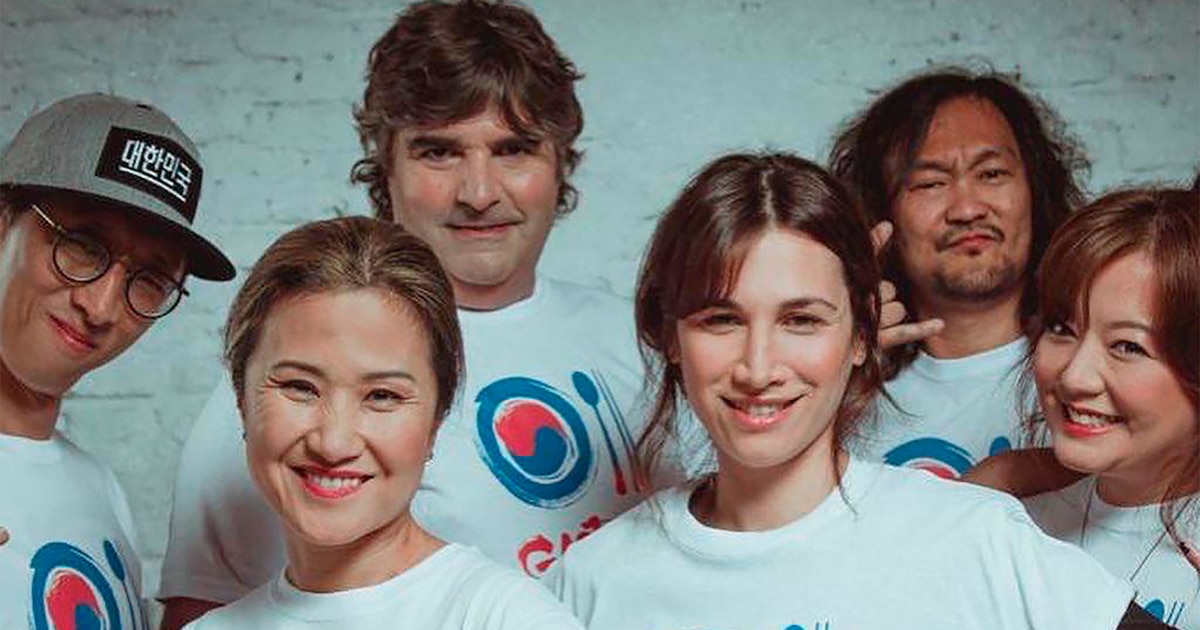





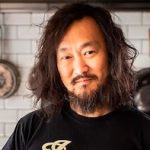
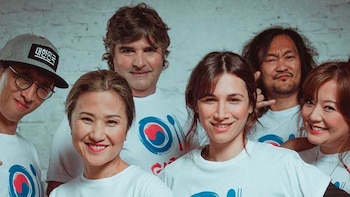
In Argentina, the Asian community represents the fourth minority and is made up of about 200,000 people. The first to arrive in the country were Japanese immigrants, at the beginning of the 20th century, and then the waves of Koreans and Chinese joined in, settling mainly in the province of Buenos Aires and in some Buenos Aires neighborhoods.
Beyond the cultural differences and traditions they have, the immigrants and, above all, the following generations, understood that unity is strength: they began to generate common projects and provide mutual support in the different initiatives that had the objective of positioning Asian values positively. They did it through gastronomy, technology, fashion and culture.
Some of the members of these communities told Infobae their stories and activities. Among them, Erika Uehara daughter of Japanese parents, who is director and founder of the communication consultancy Arigato Consulting; Teban Kimcreative of Korean origin and founder of Thet Studioa gastronomic and cultural enterprise. The friends Jiye and Kaz They are calligraphers of Japanese and Korean origin, respectively, and together they teach the art of calligraphy, uniting characteristic elements of both cultures. Ana Kuo She is the president of the Argentine Chinese Cultural Association, a space from which she spreads that culture.
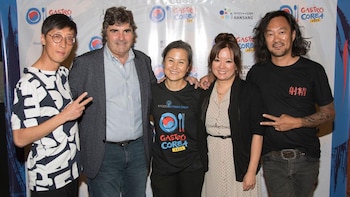
Erika Uehara It is “nikkei nisei”, which means it is the first generation born in Argentina. “My parents came from Japan to the other side of the world when they were very young. They arrived after 45 days by boat with my grandparents, who escaped post-war poverty looking for ‘the American dream in Argentine lands’. My grandparents, both maternal and paternal, began working in the fields as laborers; and my mom and dad met here, when they grew up. “I am the first generation of university students in the family: I graduated from the University of Buenos Aires, I studied a postgraduate degree with a scholarship from the government of Japan, a few years ago,” the woman who, after going through the corporate world, summarizes her story. from the food and beverage industry founded the communications consultancy Arigato Consulting.
Being specialized in Asian issues, she is part of the group Gastro Corea, which is made up of an Argentinian, three Koreans and she, who is Nikkei. Since 2019, the event has been held every year Gastro Korea Food Week that seeks to promote Korean flavors and culture. He also has several clients from the South Korean community in Argentina.
“From the consulting firm, based in Buenos Aires, we have teams in different parts of Latin America and we provide services in Mexico, Colombia, El Salvador, Peru, Chile and Brazil,” he asserts and proudly says that from the communications side they achieved their first large institutional client. . “The Embassy of Japan in Argentina, and that made us start working with Japanese companies and other Japanese government agencies, which brought us a lot of visibility in the new Asian world.”
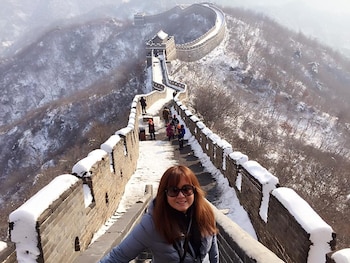
In 2017, he had a revealing experience that, upon returning to Argentina, he made his own. “I traveled to South Korea. I spent about two weeks touring the country and I saw how the younger generation travels to Japan, speaks Japanese; how Japanese people travel to Japan and speak that language very well. I noticed that There is no rivalry that is often believed to exist between both countries.. When I returned, that experience naturally led to friendships with Korean descendants in Buenos Aires. I became friends with Teban Kim, who has a digital agency, and through him I made friends with other Argentinian Koreans. And Teban made friends with other Nikkei, among them the gastronomics who had created the first Japanese Gastronomic Association in Argentina, which is called Japanese Gastro Club“, details the links and says that this club has already organized the sixth edition of the gastronomic week, in which they present the different oriental dishes and flavors, which their consulting company does the press and dissemination.
Although the relationship between Erika and her Korean friends began because of gastronomy, the woman assures that today they have a common goal: “We are united by the desire to spread Asian things in Argentinaall of us who form this group of friends agree on that. Now we are organizing meetings because we want to hold the next edition of Korean Gastro.”

Jiye Kim and Kaz Natsume They are a duo of calligraphers, one of Japanese origin and the other Korean, and together they teach this uniting characteristic elements of both cultures.
Jiyeis 56 years old, was born in Seoul, Korea, and arrived with his family to Ushuaia, Argentina, when he was 10 years old. He studied Design in Visual Communication and Western Calligraphy. He has been studying Seoye (traditional Korean calligraphy) since 2019. Kazuyo, 46 years old, he was born in Shinshiro (Aichi), Japan, and arrived in the country in 2000. He studied calligraphy and is a practitioner of Shodo (Japanese calligraphy) and Sumie (Japanese painting).
“We met in person in 2019, at a ramen event by Alejandro Aizawa (The Ramen Way), which was held at the restaurant in Sandra Lee (Korean chef). There, in a small conversation, we clicked. During the pandemic we continue to stay in touch via Zoom, feeling increasingly united by the coincidences we discovered in our way of understanding life,” the friends say.

For them, practicing calligraphy is “happiness.” “It is an act of well-being, of introspection, of joy, of connection with oneself,” says Jiye while Kaz revives: “To this thought about oriental calligraphy, we added our concerns about the differences between Korea and Japan (writing, language, customs and especially food!), and thus began our meetings to ‘enjoy’.”
During 2023, they created the “Jiye and Kazuyo” Instagram account“with the simple intention of sharing what we like, but focused on three objectives: spreading oriental calligraphy, raising money to go out to eat and, later, traveling,” they confide.
“The final destination: Korea and Japan. That’s our dream. We do not program a future. We just want to continue sharing our tastes and knowledge, and give in to our hunches to fulfill our dream,” they say with joy and hope.
Ana Kuo She is the president of the Argentine Chinese Cultural Association. She was born 53 years ago in China, she is the mother of two daughters (one Argentine and one Brazilian) and is married to an Argentinean. Together with people from the Japanese community like Ana Serei, who is the creator of Kawaii Club Cafeand from the Korean community, such as Víctor Ho, owner of the restaurant Una Canción Coreana, organizes the Asian Festival to celebrate Asian culture.
He arrived with his parents to Argentina when he was 13 years old and without knowing a word in Spanish.. “We didn’t know anyone or anything in the country. However, my dad was an artist. He really liked reading and practicing the art of planting. bonsaito write calligraphy and I loved calligraphy. Mainly, he read a lot. I think that influenced me a lot,” says Ana.
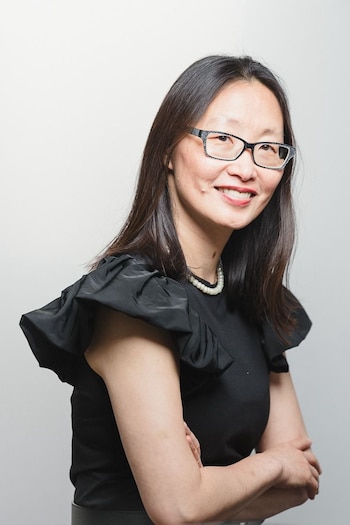
When referring to the activities and projects carried out in the association that he presides, he says: “What we do is claim our slogan: ‘Feel and live China’. What we do every day in the association has to do with cultural activities: we give courses so that students can experience Chinese culture and have different benefits. For example: language classes and within language, an important aspect is the understanding of the culture, the characters that reflect the culture. We have classes Tai Chibreathing (Chi Kung), which are martial arts because they are arts, precisely.” There they also have Chinese medicine, I-Chinwhich is an aspect of ancient wisdom, also offer oriental massage classes that integrate several styles, but mainly Chinese massages.
In addition to that, it is part of the activities carried out by other communities. “We do events together with other organizations: the Asia Fest, together with groups from Japan and Korea; This year we also participated in the Nuevo Chino together with teams of Sergio Asato and Andrés Park, a Korean and a Japanese who organize different cultural events,” he says and mentions other joint activities that he carried out this year, including the educational work practices that he carried out together. with the City Government, through the Ministry of Education, aimed at students in their final year of secondary schools. “I took them to Chinatown so that they could learn not only about the superficial aspects but also to talk to different organizations. from my community to see how they live and how they achieve success in this new land.”
“People, in general, regardless of the country, tend to develop a certain skepticism in the face of the unknown, not to mention such distant cultures. So, Through these activities, whether educational, festive, or entertaining, they gain more confidence and help to lose fear.. I see that people enjoy it and that they learn other ways to take care of their bodies, to know their bodies, for example. In the case of the school children, they heard stories about immigrants, they tried Chinese food, they went to the Buddhist Temple on Montañeses Street, otherwise they would not have entered. And they learned about Buddhist philosophy. Therefore, these activities of genuine exchange between human beings, what we all are.”
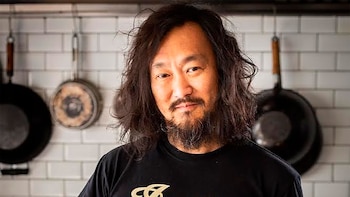
Teban Kim, 52 years old, he is a creative of Korean origin and founder of THET Studio, a project that is linked to different gastronomic and cultural activities. He also owns the store Thetland where it combines Asian pop culture, manga, and music with Korean street food.
recently inaugurated Juichi, a restaurant from which it seeks to spread Asian cuisine and offers Korean dishes, but especially Japanese. For this idea he had the advice of Nikkei and Korean consultants. And he stands out as one of the driving forces behind the creation of the gastronomic group. Japanese Gastrowhich annually organizes the Japanese Gastro Food Weekwhich began this week and will run until October 8. At this event, they promote Japanese dishes with different promotional proposals.
At the age of three, with his father, his mother and his two sisters, they left Seoul and came to Ushuaia, in Tierra del Fuego. Like other families, they came for “the Argentine dream” although they were not in search of a better economic future, but rather a deeper change in life. That part of his story intrigues him, he says. “I saw photos of me from when I was a baby. My family had a good time in Korea: my dad, who was Japanese, had a driver and my mom had a babysitter, a luxury at that time,” says the man who, with that mix of cultures, feels like a “Fuegian,” and who He also plays the guitar.
Regarding the gastronomy, He says that in it he found an opportunity to reunify cultures. “Sharing a table invites unity. It’s wonderful because there are no borders in eating delicious”. That is for him “a unique language where “All mergers are valid, which promotes integration.”
“Korean cuisine represents this concept in all its splendor, because when several people go to a restaurant, they order an abundant dish to enjoy together,” he concludes.
